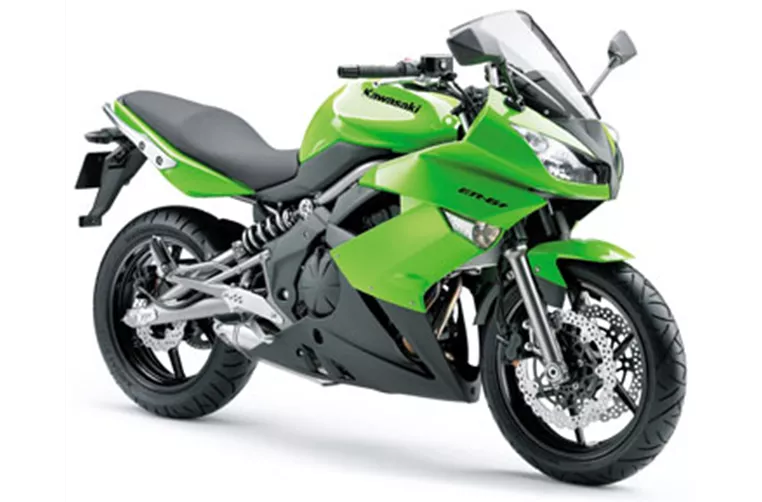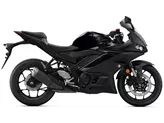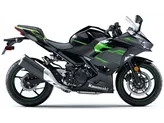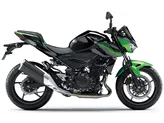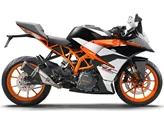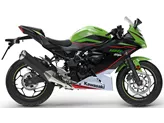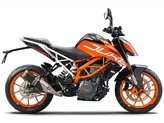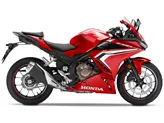Kawasaki ER-6f 2009 vs. Kawasaki Ninja 400 2018

Kawasaki ER-6f 2009

Kawasaki Ninja 400 2018
Genel bakış - Kawasaki ER-6f 2009 vs Kawasaki Ninja 400 2018
The Kawasaki ER-6f 2009 and the Kawasaki Ninja 400 2018 are both sporty motorcycles, but they have some notable differences in their technical specifications and strengths.

Kawasaki ER-6f 2009
The Kawasaki ER-6f 2009 is equipped with an inline, 4-stroke engine with a displacement of 649cc. It produces 72 horsepower and 66 Nm of torque, providing a powerful sound and excellent mobility. The compression ratio is 11.3, and it has a steel frame for stability. The front brakes are double disk, and the front and rear tire diameters are 17 inches. The seat height is 785mm, and the fuel tank capacity is 15.5 liters. The ER-6f is visually sophisticated and offers a safe riding experience, making it suitable for both (re-)beginners and experienced riders. However, some riders may find the 72 horsepower to be lacking in power.
On the other hand, the Kawasaki Ninja 400 2018 features an inline, 4-stroke engine with a displacement of 399cc. It produces 45 horsepower and 38 Nm of torque, with a compression ratio of 11.5. The chassis is designed for sporty use, providing a low weight and effortless handling. The front brakes are single disk, and the front and rear tire diameters are also 17 inches. The seat height and fuel tank capacity are the same as the ER-6f, at 785mm and 14 liters respectively. The Ninja 400 offers a relaxed and confidence-enhancing seating position, along with LED headlights for improved visibility. However, some riders may find the brake and clutch levers not adjustable, and taller riders over 180cm may experience enormously loud wind noise with the original windshield.

Kawasaki Ninja 400 2018
In summary, the Kawasaki ER-6f 2009 is a powerful and visually sophisticated sport touring motorcycle, suitable for riders looking for a safe and reasonably priced option. The Kawasaki Ninja 400 2018, on the other hand, is a supersport motorcycle with a chassis designed for sporty use, offering low weight and effortless handling. It has a smooth engine response and a relaxed seating position, making it ideal for riders seeking a thrilling and confident riding experience. However, it is important to note that the Ninja 400 may have some limitations such as non-adjustable brake and clutch levers and loud wind noise for taller riders.
Teknik Özellikler Kawasaki ER-6f 2009 ile karşılaştırıldığında Kawasaki Ninja 400 2018
Karşılaştırıldığında Artıları ve eksileri
Karşılaştırıldığında Artıları ve eksileri
Kawasaki ER-6f 2009
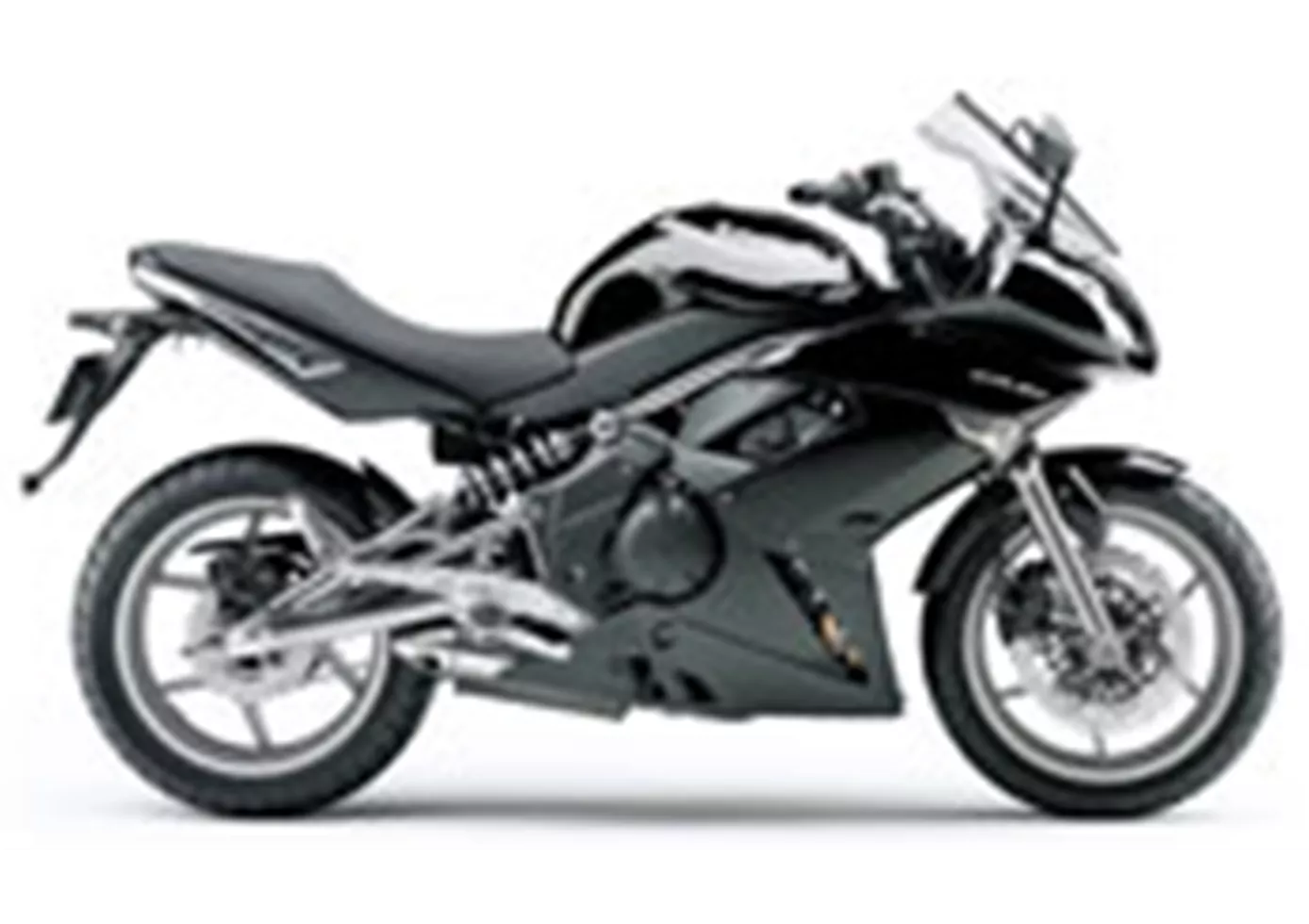
Ister ise giderken ister uzun bir tura çikarken olsun, konforlu sürüs pozisyonu, sessiz, düsük titresimli sirali iki silindirli motor ve açili çeviklik her durumda sürüsü keyifli hale getirir.
Kawasaki Ninja 400 2018

Ninja 400, süperspor dünyasina mükemmel bir giris olarak özetlenebilir. A2 ile daha fazla güç mümkün degil, görünüsü çok daha fazla gücü çagristiriyor, aracin kullanimi kolay, her açidan affedici ve yine de gerçekten sportif bir sürüs tarzina izin veriyor. Çesitli 250 metreküp makinelerde güç eksikligi konusunda hakli endiseleri olan herkesin artik bahanesi kalmadi. Ninja 400, iyi ki buradasin!
Fiyat Karşılaştırması Ortalama Piyasa Fiyatı Kawasaki ER-6f vs Kawasaki Ninja 400
There are a few key differences between a Kawasaki ER-6f 2009 and a Kawasaki Ninja 400 2018. It takes less time to sell a Kawasaki ER-6f with 70 days compared to 105 days for a Kawasaki Ninja 400. Since model year 2006 1000PS.de editors have written 7 reviews for the Kawasaki ER-6f and 9 reviews for the Kawasaki Ninja 400 since model year 2018. The first review for the Kawasaki ER-6f was published on 1/25/2006 and now has more than 30,200 views. This compares to more than 44,300 views for the first review on Kawasaki Ninja 400 published on 11/22/2017.
